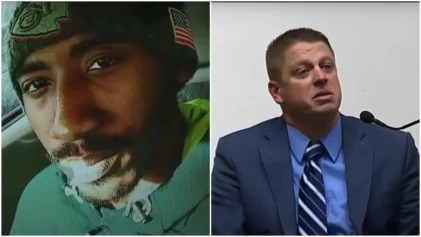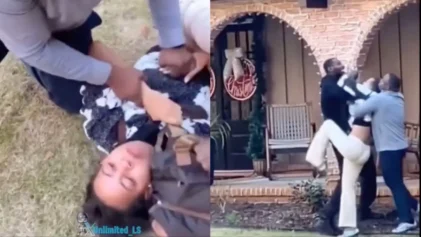Black Olympians are making a name for themselves during the Winter Olympics providing more visibility of Black excellence in a collection of sports that are largely void of Black athletes.
“Any growth would be a lot of growth in our community because it’s not in our face and it’s not something we’re pursuing everyday,” said Henri Rivers, president of the National Brotherhood of Skiers.
The organization is nearing its 50th anniversary and its mission is to make winter sports more diverse, welcoming, and inclusive to Black skiers. The organization recently held its annual summit in Snowmass, Colorado, which drew a record 1,200 Black skiers.
“When you get in that environment, when you’re the only one there — and I’ve been in that environment most of my skiing life — just think back to why you’re there,” Rivers said of the limited diversity in winter sports like skiing.
Rivers says once Black skiers get a taste of the outdoors, they typically stick with it but attracting would-be Black participants is the biggest challenge.
“It’s like polo, yachting and the country club,” Rivers explained. “It’s not exposed and open to other communities. That was always where the white privilege would go to get away from everything and only see themselves, and skiing is no different. Skiing is one of those white-privileged elite sports way up top.”
A survey by Aspen’s Reimagining School Sports initiative found that out of roughly 6,000 U.S. high school students, only 1 percent of Black students say they’ve skied, snowboarded, or played ice hocky outside of school.
The average annual costs associated with winter sports are higher than other more accessible sports to African-Americans.
The Aspen Institute and Utah State University found, ice hockey, skiing and snowboarding can cost families $2,249 to $2,583, compared to the average costs per season for basketball and track and field that range from $191 to $427.
An average ski outing typically starts at around $215 with gear rentals and the ski lift ticket. Costs increase when lodging and other amenities associated with longer stays are included.
“Race fees, travel fees, things like that can be quite expensive and exclusionary and if you don’t have the funds you can’t race, you can’t train and you can’t get better,” Rivers said of the costs associated with winter sports.
Organizations like the National Brotherhood of Skiers raise money to help with some of those costs and make the sport more accessible to Black families.
Rivers says interest from the Black community is growing, but he feels the winter sports industry must do a better job marketing to Black communities including showcasing Black skiers. Rivers believes the recent success among Black Olympic athletes helps fuel interest.
For Black people considering hitting the slopes but being nervous about being the only being the only person of color around, Rivers reiterates that they should remember why they’re there in the first place: for the experience, the love of outdoors and the willingness to try something new.
“You might be the first one that you see there or the only one that you see there, but you’re opening up the doors so more can follow and experience it and appreciate it,” Rivers said.
More news from our partners:
Black Americans Might Miss Out on the $68 Trillion Transfer of Generational Wealth. Here’s Why.


